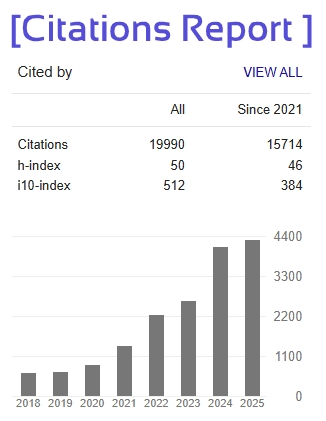Detection And Classification of Spam Email’s Using Machine Learning
Guide: Dr. S China Venkateswarlu, Professor, ECE & IARE
Dr. V Siva Nagaraju, Professor, ECE & IARE
V. Bindu Sri N S S1
1V. Bindu Sri N S S Electronics and Communication Engineering & Institute of Aeronautical Engineering
Abstract -- Email is still the major way that people communicate in a variety of contexts, such as business, education, and personal use. But the increasing number of spam emails has become a recurring issue, resulting in decreased productivity, elevated security threats, and needless digital resource usage. Because spam content is constantly evolving to circumvent static rules, traditional filtering techniques frequently fail to detect and block spam effectively. More clever and flexible techniques are therefore required in order to precisely identify and categorize spam emails.
In order to overcome the difficulties in spam detection, this study investigates the application of machine learning. The method entails examining the attributes and content of emails to differentiate between spam and authentic correspondence. Data pre-treatment is the first step in the process, during which email content is cleaned and transformed into an analysis-ready format. After the data has been processed, features are taken out to find trends and patterns that are frequently present in spam communications. Based on historical instances, classification models are trained using these attributes to identify and distinguish between spam and non-spam emails.
With increased accuracy and flexibility to accommodate emerging spam trends, machine learning for spam detection represents a substantial advancement over conventional methods. These algorithms may adapt over time and continue to be effective even when spam methods vary since they are constantly learning from new data. By decreasing unsolicited emails, this method not only improves user experience but also fortifies the security of digital communications. In the current digital environment, the study demonstrates how machine learning may be a dependable and scalable solution for automatic email filtering.
Key Words: supervised learning, email filtering, text preprocessing, machine learning, natural language processing, spam detection, email classification, feature extraction







